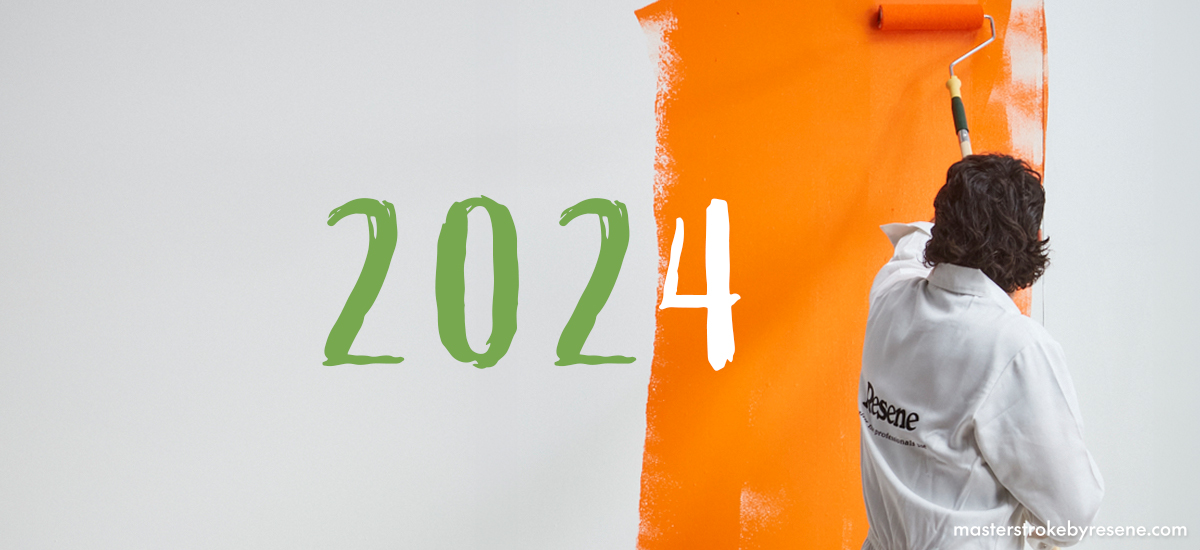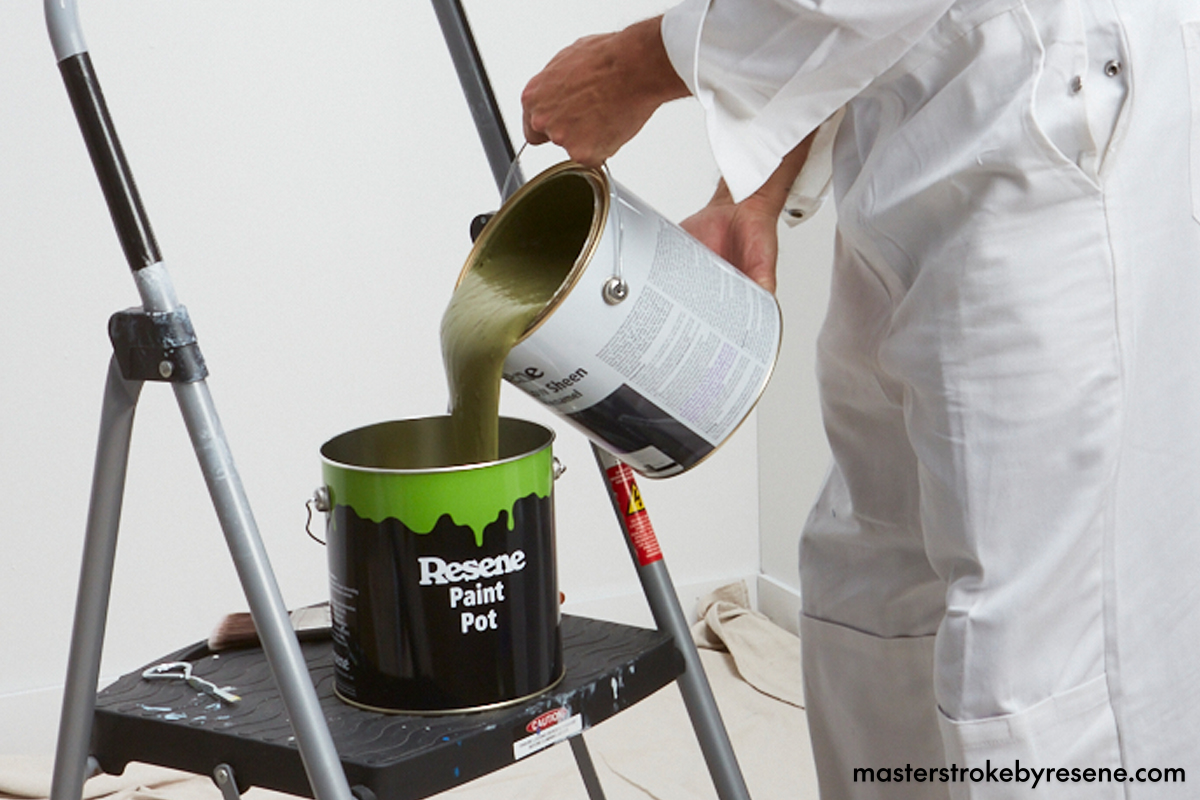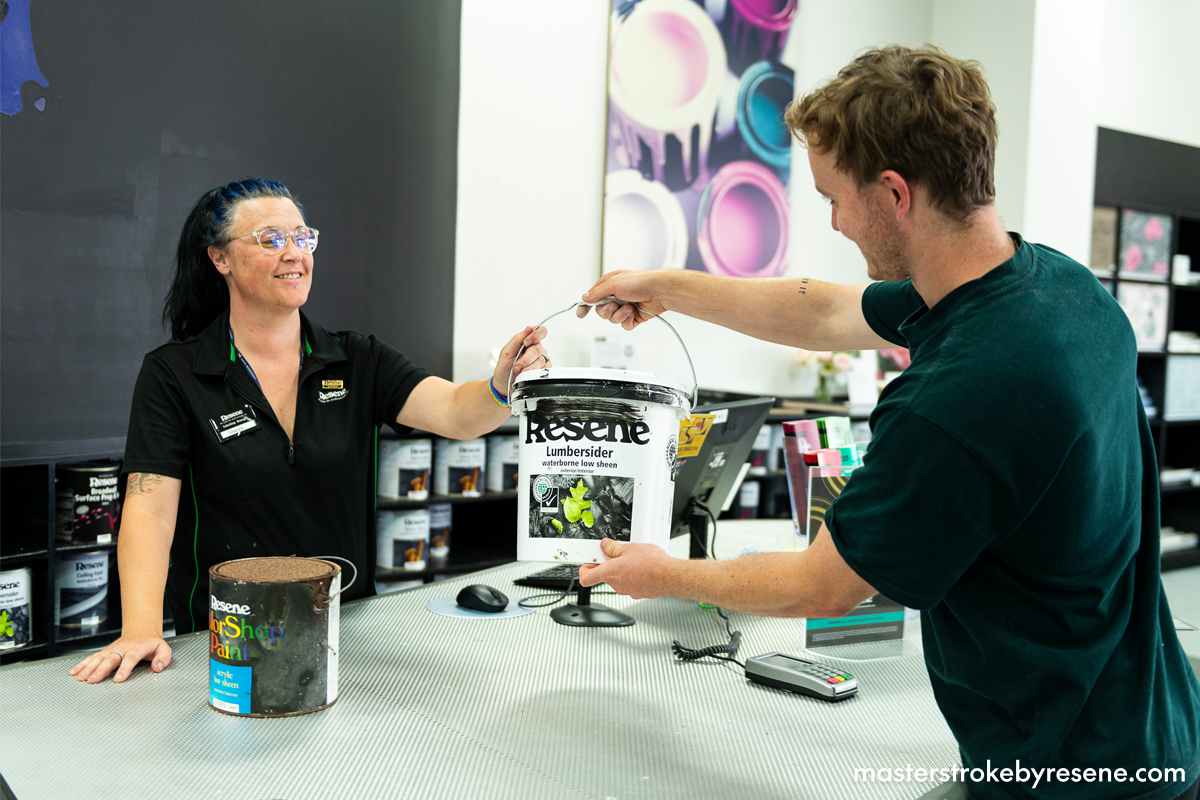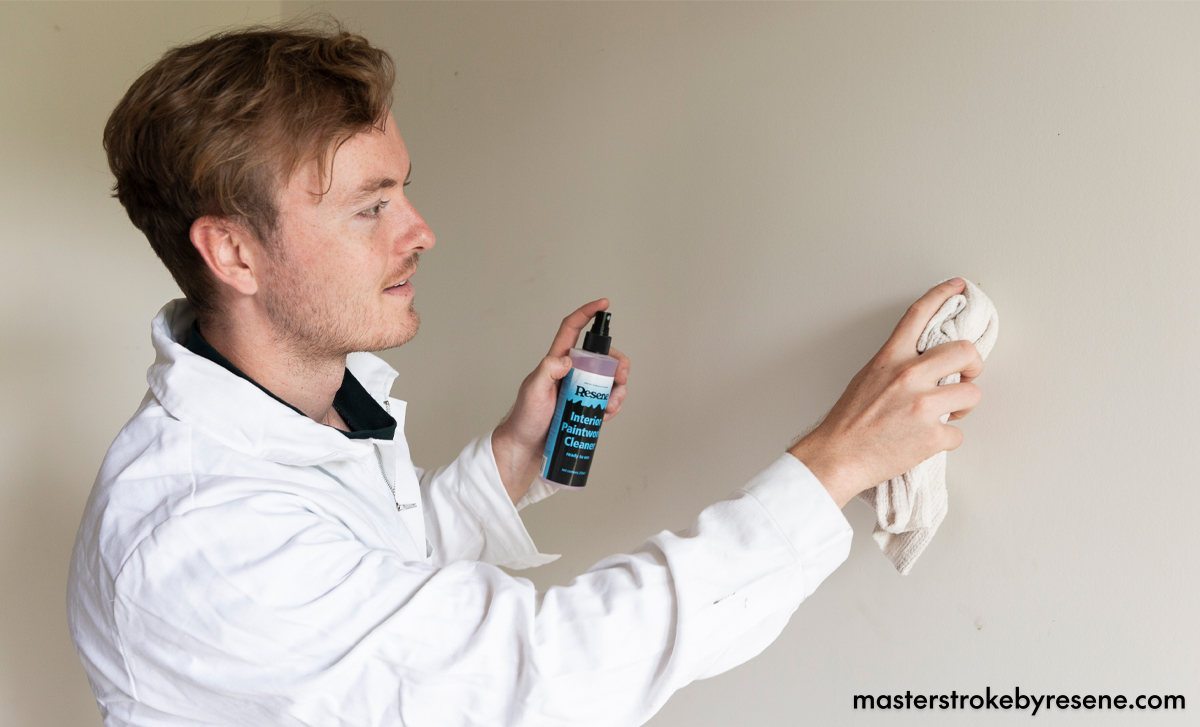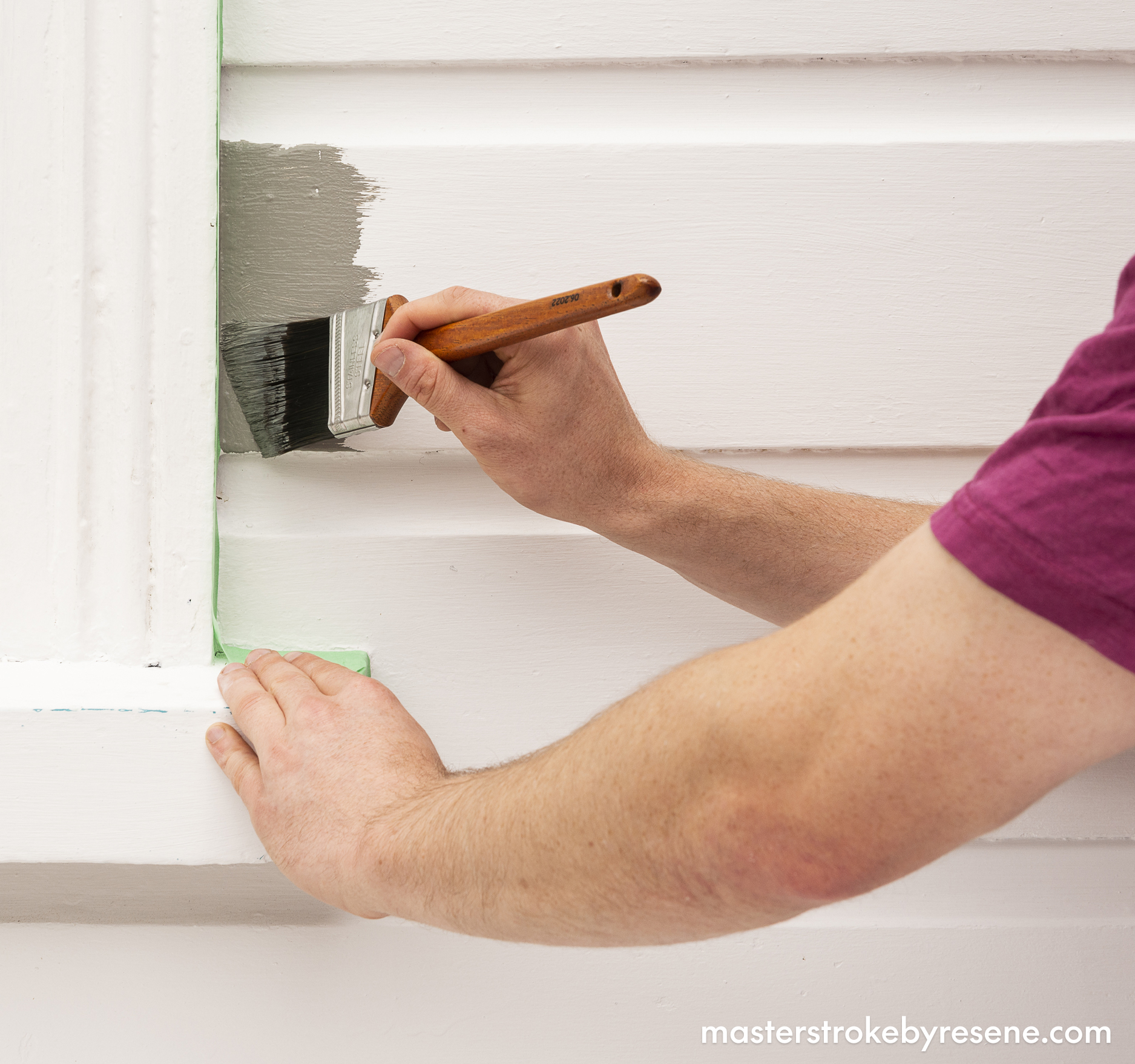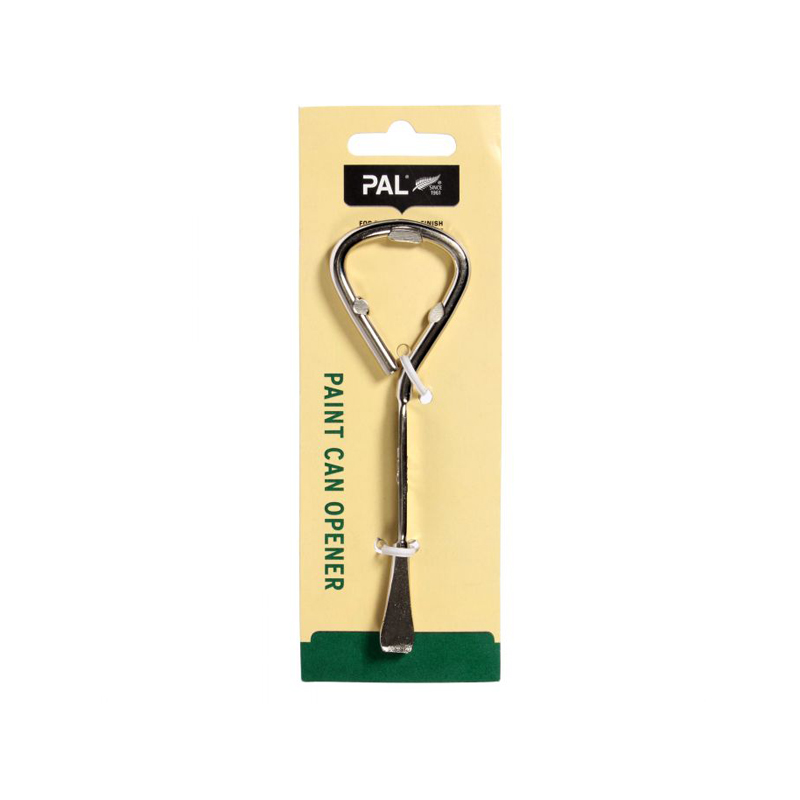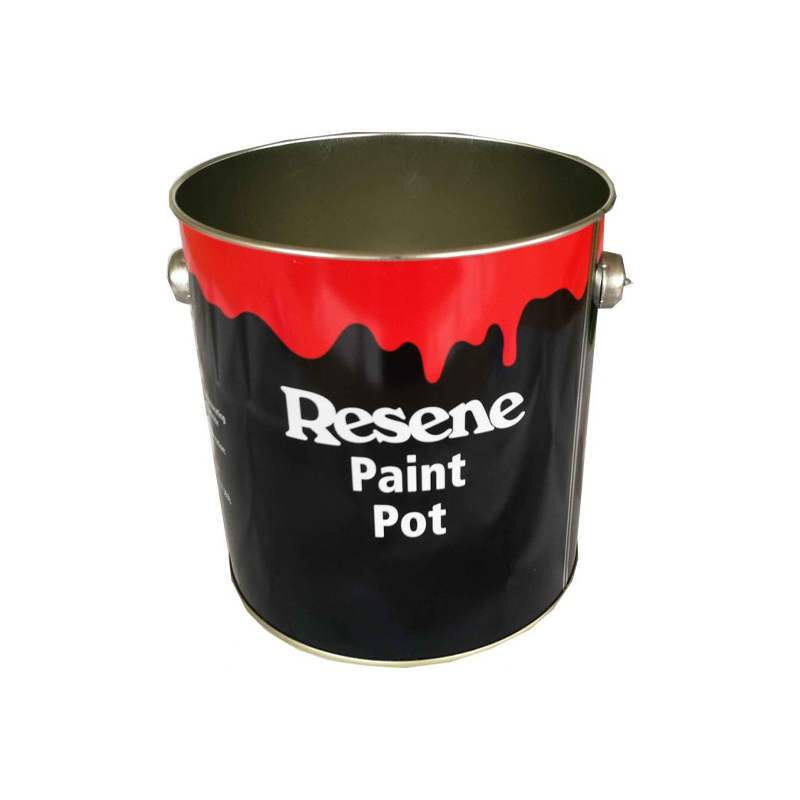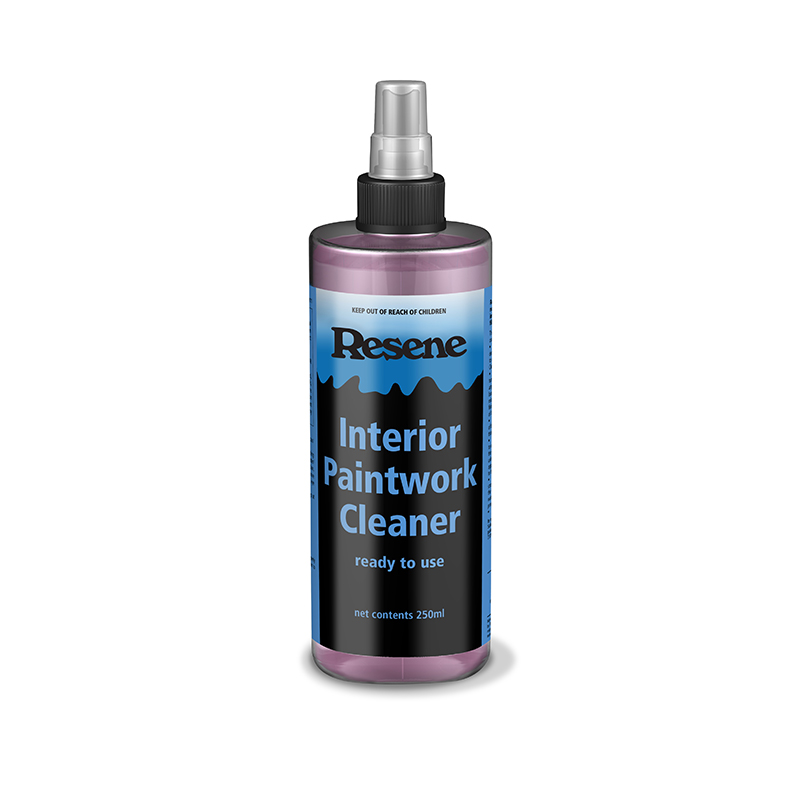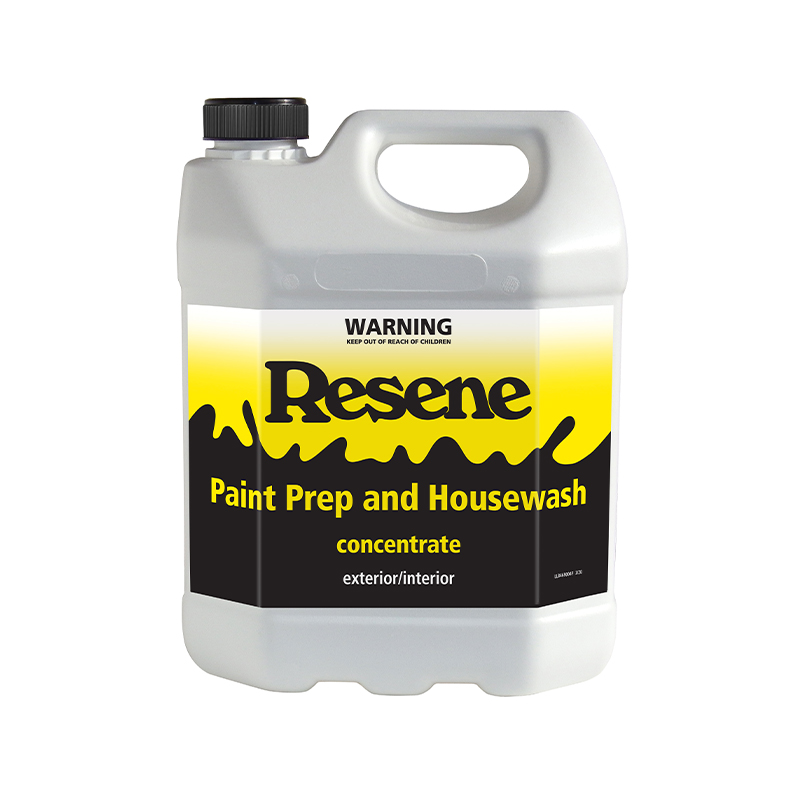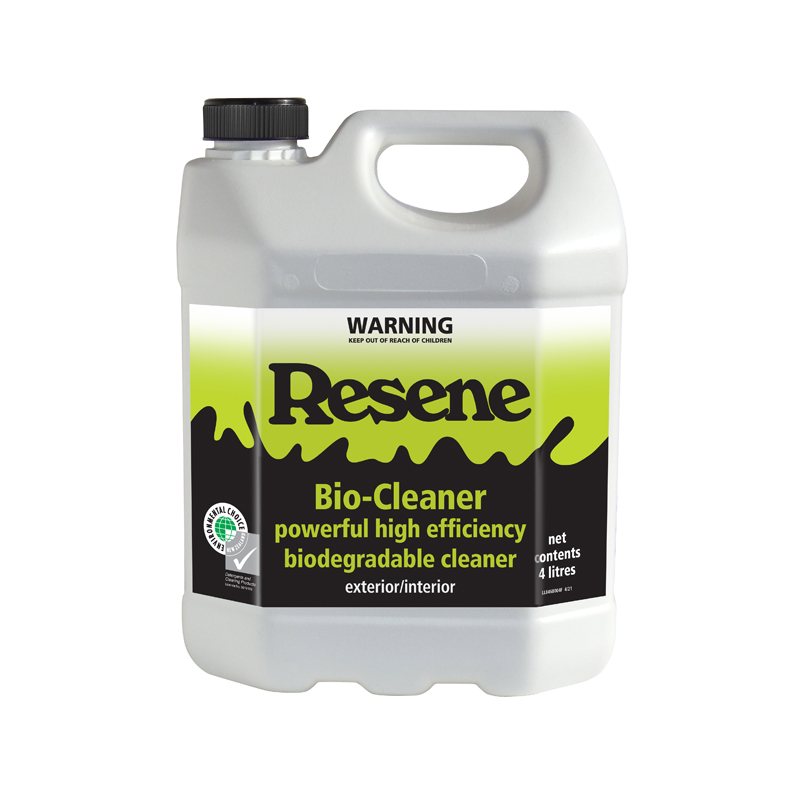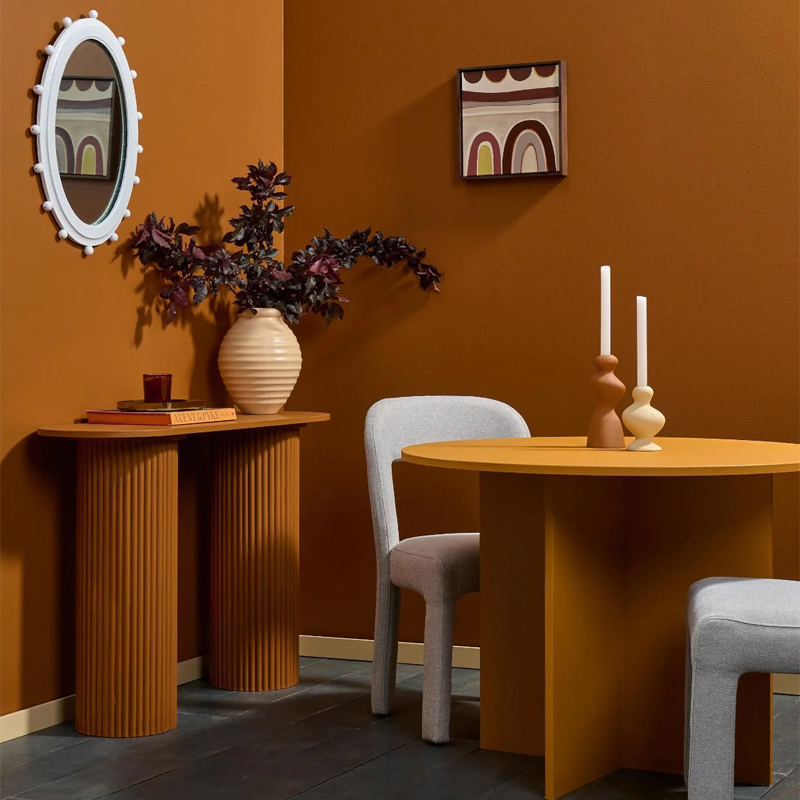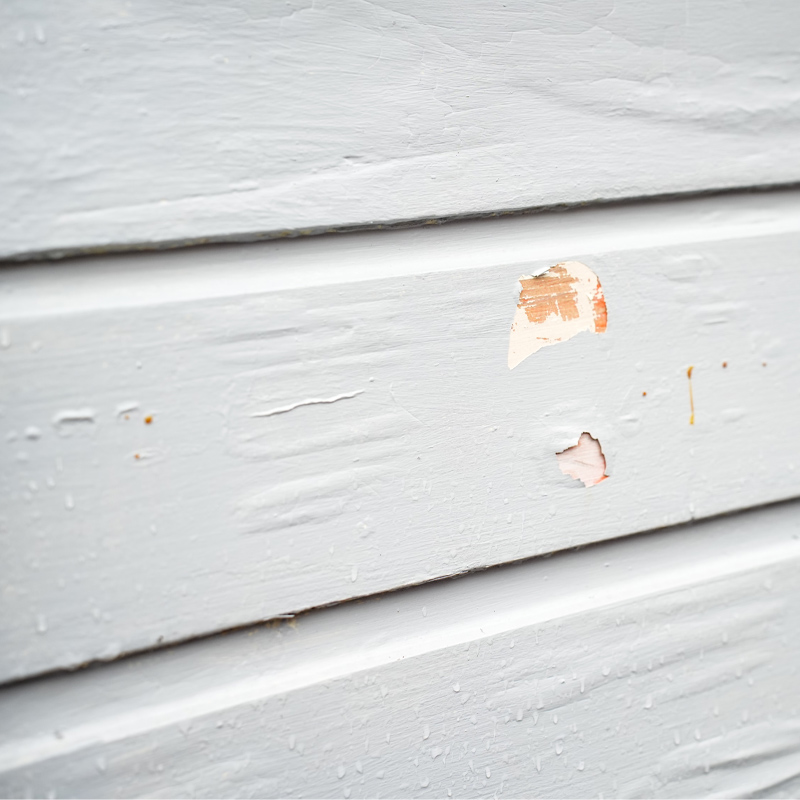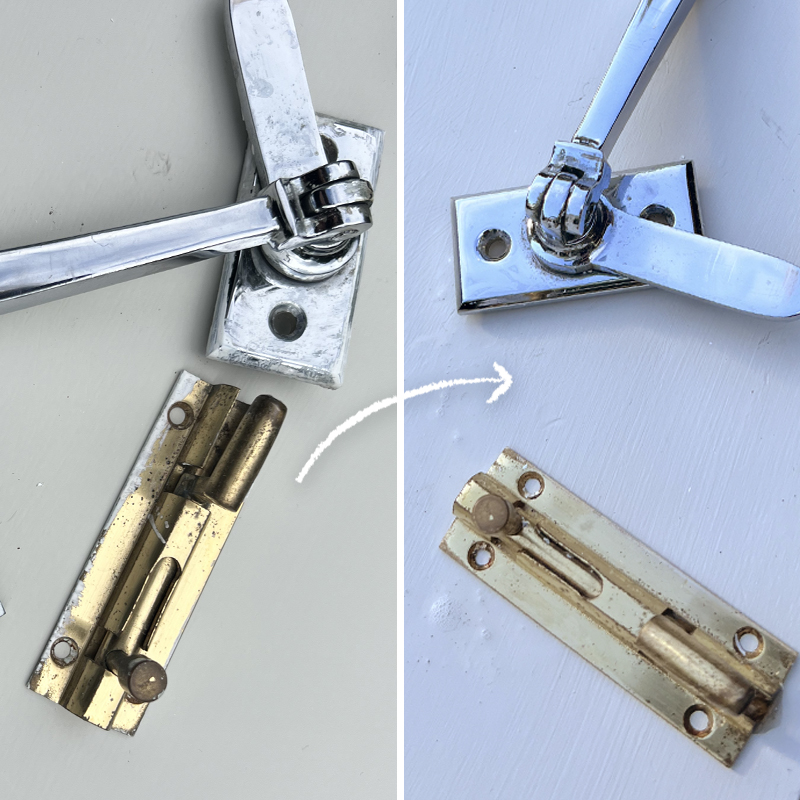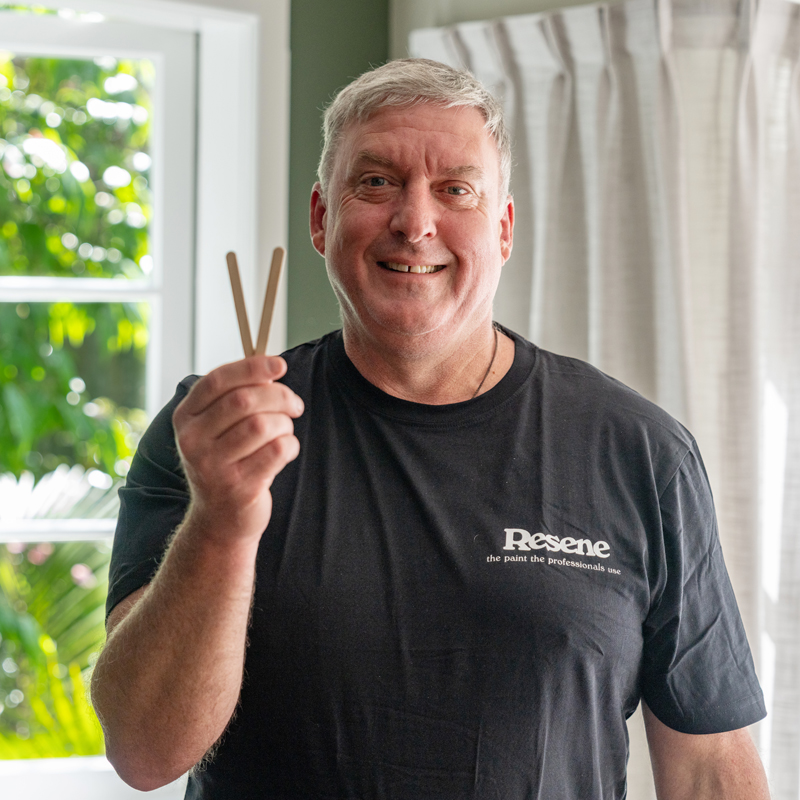While opening and closing a paint can might seem like a basic step, doing it correctly is more important than you think. If the lid or groove is damaged or bent out of shape, this may mean the can won’t reseal properly once you’re finished painting. This will, in turn, expose the paint to air and contaminants, dry out the paint or potentially damage the formulation. An unsealed lid can also obviously cause major spills if the can is knocked over.
While a screwdriver may be many people’s first choice of tool to use when opening a paint can, a PAL Paint Can Opener is a far better option. The flat tip ensures no damage is done to the groove, while the looped end makes it easy to grip and work with.
To open a paint can, gently lever the lid loose by working your way round the lip. To get it back on, make sure the lip is nice and clean by wiping it with a cloth – paint build-up can affect the quality of the seal and cause the rim to rust. Slowly put the lid back on, working your way around the sides.

